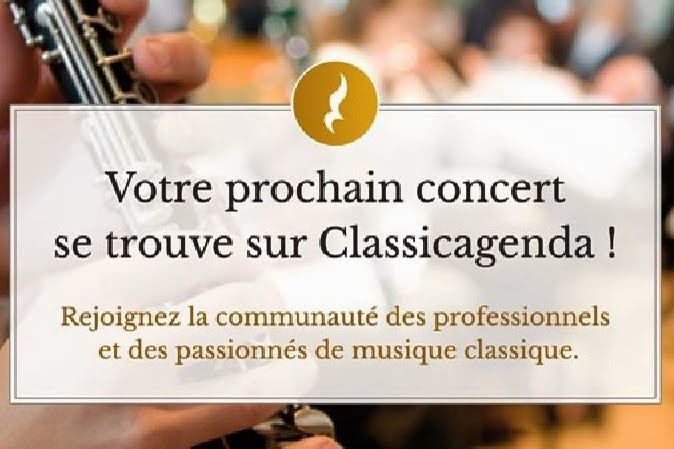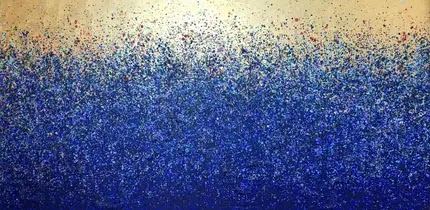What do these gentlemen have in common? They are Swedish and they have a street or a square named after them in Paris. After the recent inauguration of Place Strindberg (see previous post), a friend asked me who are the other Swedes who have been honoured? So here I try to answer. Have I forgotten someone?
Alfred Nobel, 1833-96, may not need any long biography here… dynamite of course, but
as an inventor he held 355 different patents. He lived in Paris 1873-91, was
fluent in French (and a number of other languages) and kept his Paris home
until his death – in San Remo in 1896. His will was written in Paris in
1895 - on a desk that you may still find at the Swedish Club in Paris (see
previous post). To honour his name, he has got a very modest little street,
rather some stairs, on the northern slopes of Montmartre. Why there and why so
modest? (Paris 18)
Raoul Wallenberg, 1912 - ??, was an architect, diplomat … and is especially known for
having saved tens of thousands of Jews in Nazi-occupied Hungary, while working
in Budapest as a Swedish special envoy. He was arrested by a Red Army intelligence
service in January 1945 and what happened to him then is still unknown.
Considering the number of avenues,
streets, places, monuments that you can find worldwide to his honour, it may be
a bit surprising that he has got a street named after him in Paris only in 2007
and far from the city centre, even on the other side of the “périphérique”.
(Paris 19)
Carl Linnaeus, or Carl von Linné, 1707-78, is mostly known for the “binomial nomenclature”
used in zoology and botany. One example is the “linnaea”, or twinflower, his favourite
flower, officially with the name “Linnaea borealis”. Linné had no very close
relations with Paris – he made a short visit in 1737 and then met with the
French naturalist Antoine de Jussieu, member of the famous botanist Jussieu
family. It is then quite “natural” that Linné has a street named after him –
already in 1865, linking one of the entrances to the “Jardin des Plantes” and
the “Place Jussieu”. On one street corner you can find an imposing fountain,
dedicated to another naturalist, Georges Cuvier. (Paris 6)
Jacob Berzelius, 1779-1848, was a chemist, considered to be one of the founders of
modern chemistry. He worked with atomic weights and developed the modern
chemical formula notation (for example CH2O for glucose, twice as many hydrogen atoms as carbon and oxygen). He was also the first person to make a distinction between organic and inorganic compounds, he invented the term "protein".... His portrait here is from just before the end of his life (1848) and is a daguerreotype, which had just been invented by Louis Daguerre. The Paris street, which had the Berzelius name already in 1864, is not in a (until further) very fancy area. It's a long street and after a bend it actually changes name to Passage Berzelius. (Paris 17)
Raoul Nordling, 1881-1962, was a businessman (basically in paper) and a diplomat - Swedish consular general in Paris since 1926. Today one remembers him especially for his role before the liberation of Paris in 1944 when he negotiated with the German commander, von Choltitz, in order to "save" Paris despite some instructions to demolish it given by Hitler. The liberation of some 3.000 political prisoners was also obtained. Orson Wells played Nordling's role in the 1966 movie "Is Paris burning?" and there is a more recent movie from 2014, "Diplomacy", adapted from a theatre play. After the fall of Nazi Germany, Choltitz spent two years in prison. Nordling was awarded a medal by the French State, which he passed over to Choltitz, recognizing him as the real hero. Nordling has a square named after him. (Paris 11)
Gustaf V, 1858-1950, was King of Sweden from 1907 until his death. There may be some thoughts about his sometimes rather pro-German and an often rather conservative attitude... but during his reign he accepted a stripped monarchy, a universal and equal suffrage (including for women from 1919). He was an avid hunter and sportsman and even represented Sweden as tennis-player ("Mr G") during younger years. He was married to Victoria (of Baden) and they had three sons. Victoria died already in 1930 after having spent many years abroad - officially for health reasons - in Italy (Capri - Axel Munthe). Gustaf's name was given to this "avenue" in 1951 - no cars around. (Paris 16)
August Strindberg, 1849-1912, very recently got his name on a Paris street sign. I wrote a lot about it already in some recent posts, here and here. (Paris 6)
Now, the question is what about Swedish women? Nobody so far... possibly with the exception of Queen Astrid, born Swedish Princess, married to the Belgian King Leopold III. She died in a car accident in 1935, 30 years old. Since 1936 she has had a square in her name, Place de la Reine Astrid. This is where you find a statue which was a gift by the Belgian State in recognition of the Belgian-French friendship during WWI. (I already wrote about it here.) (Paris 8)



































































